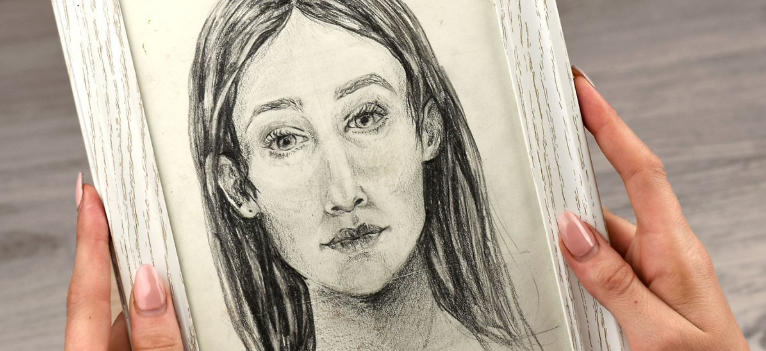Mastering the Basics: A Beginner’s Guide to Drawing Beautiful Art
Drawing is an incredible form of expression that allows anyone to capture the beauty of the world around them. Whether you’re looking to create stunning landscapes, intricate portraits, or abstract designs, mastering the basics of drawing can set you on the path to developing your unique style.
Understanding Fundamental Techniques
Before diving into complex drawings, it’s essential to understand the fundamental techniques that lay the foundation for all great art. Start with the basic shapes—circles, squares, and triangles—because everything can be broken down into these forms. Practice sketching these shapes in various sizes and orientations. Additionally, familiarize yourself with shading techniques, such as hatching and cross-hatching, to add depth and dimension to your drawings. These skills serve as the building blocks of more intricate work, allowing you to create more sophisticated pieces with confidence.
The Importance of Observation
One of the key skills in drawing is the ability to observe details. Take the time to really look at the objects you want to draw. Notice the light, shadows, and contours. Try sketching from real-life subjects instead of relying solely on photographs. This practice improves your ability to accurately represent what you see, enhancing your observational skills. You might find it helpful to draw simple objects first, gradually progressing to more complex subjects as your confidence grows. Developing your observational skills will not only improve your drawings but also deepen your appreciation for the world around you.
Experimenting with Different Mediums
Drawing is not confined to just pencil and paper; there are numerous mediums to explore. Try using charcoal for dramatic effects, ink for precision, or pastels for vibrant colors. Each medium has its own unique qualities and can bring a different feel to your artwork. Experimenting is key to discovering what resonates with you. Don’t be afraid to mix media; combining pencils with markers or watercolor can yield exciting results. Remember, art is about expression, and finding the right medium can enhance your creative voice.
Conclusion
Now that you have a foundational understanding of drawing, it’s time to pick up your pencil and let your creativity flow. Remember, practice is crucial, so don’t hesitate to experiment and observe the world around you. As you continue to develop your skills, you’ll find joy in creating beautiful art that reflects your unique perspective. So, grab your sketchbook and start drawing today—the world is your canvas!

